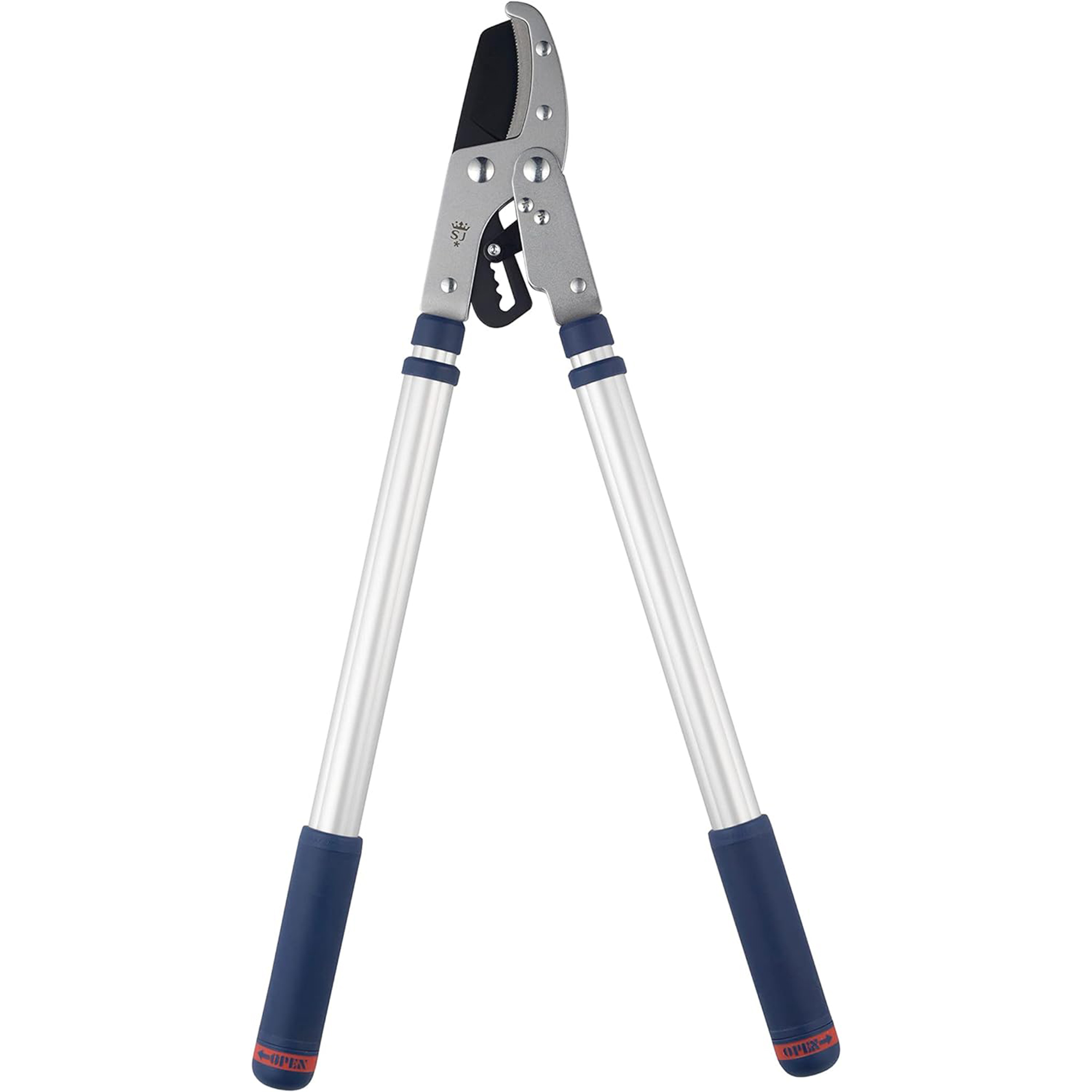When to prune plum trees — here's how to prevent silver leaf disease from attacking your tree
We're looking at the best times to prune young and established plum trees

Sophie King

Deciding when to prune plum trees takes consideration – prune at the wrong time, and you could risk infecting your tree with disease.
Plum trees are one of the easiest fruit trees to grow, but learning how to prune fruit trees for a better harvest will encourage the best crops. Stone fruit trees like plums are prone to the dreaded silver leaf disease during the colder months, which means pruning at the wrong time could spell disaster, even for the most established tree.
We asked garden experts when to prune plum trees to ensure we aren't dealing them undue damage this winter.
When to prune plum trees
If you’re planning on mastering your plum crumble, you'll need to know when to prune plum trees.
Although apples and pears are normally lumped together in the same category, rules around when to prune apple trees and pear trees are very different to those around when to prune plum trees.
While apple trees benefit from being pruned during the winter months, doing the same to a plum tree could have disastrous consequences. That's why plum trees are among the plants you should never prune in December.
However, it all depends on how old your plum tree is – so we've broken it down into young trees and established trees.
Sign up to our newsletter for style inspiration, real homes, project and garden advice and shopping know-how
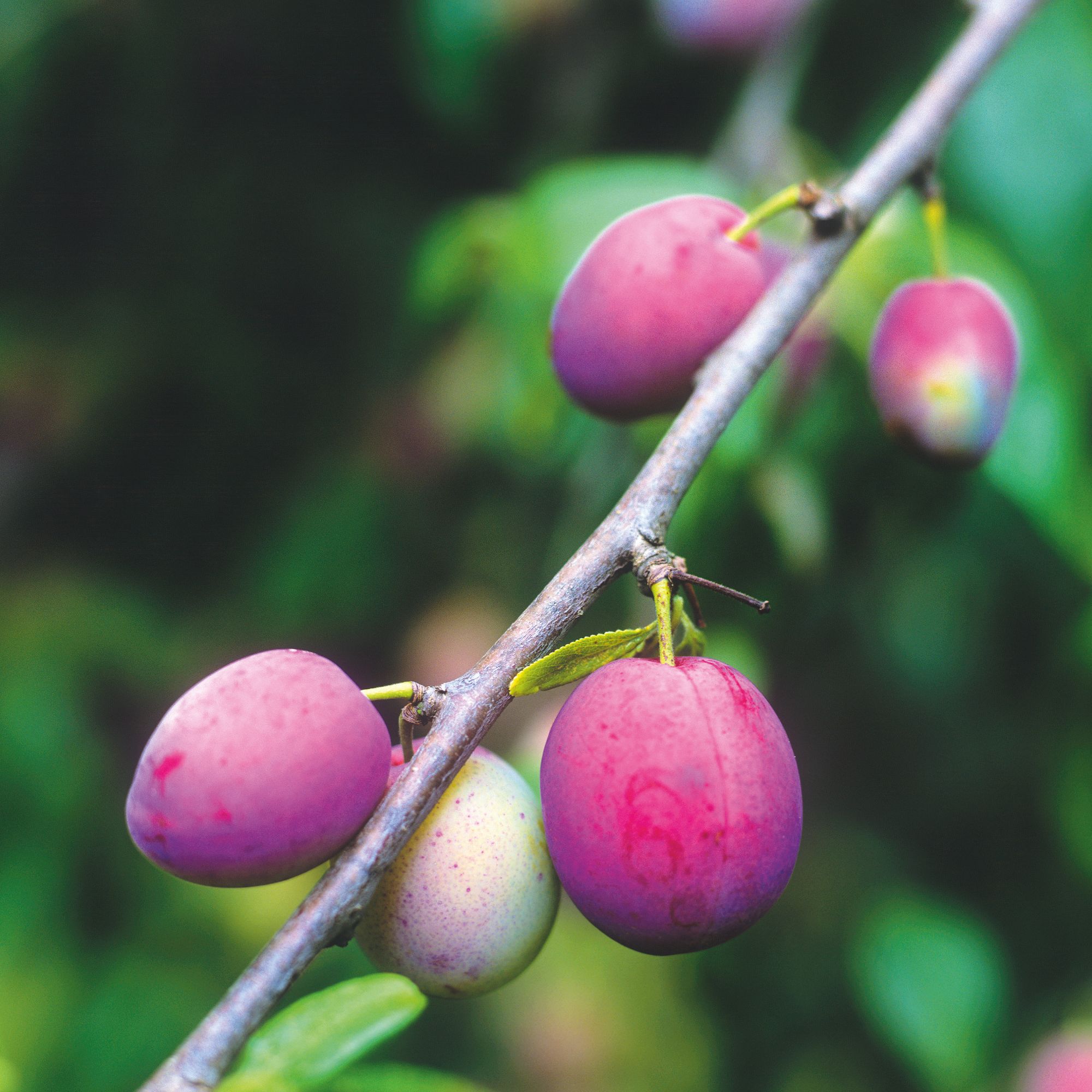
When to prune young plum trees
If your plum tree is under three years old, you shouldn’t need to give it a hard prune. But it's a good idea to give it a light prune to open up the canopy – you'll just need to pick the right time to do it.
'Always prune young plum trees in the late spring,' advises Matthew Johnson, senior gardener at Borde Hill.
If your plum tree is young, pruning is more about shaping than encouraging a bumper crop.
'For new standard plums, you should focus on pruning for shape in the first few years rather than pruning for increased fruiting,' explains Matthew.
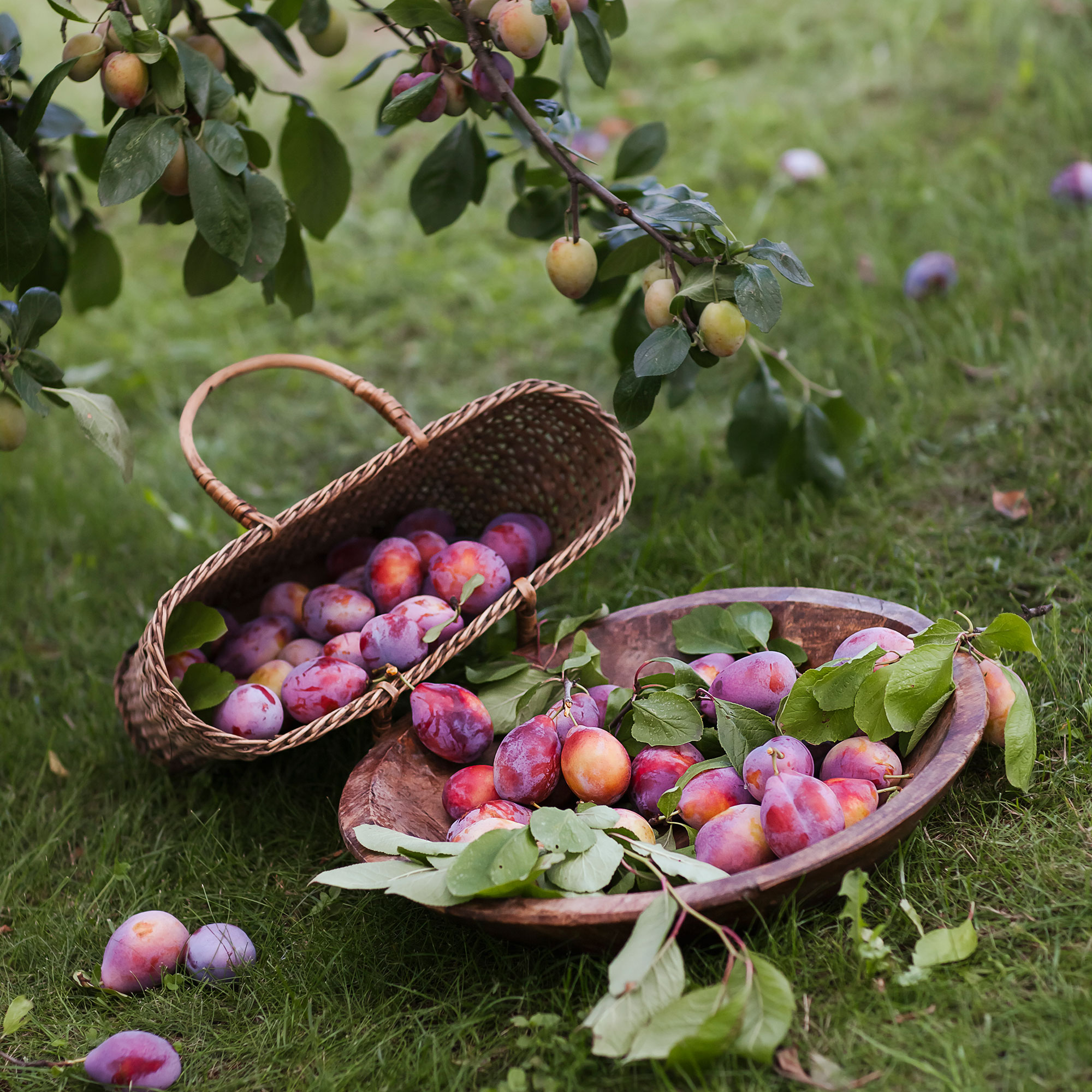
Although this can be done anytime in early spring, it’s best to wait until the tree is just starting to flower or you can see that the buds are starting to burst.
'You should aim for a wine glass shape so that more light can get through to the centre of the plant,' Matthew says.
When to prune established plum trees
If you have an established plum tree over three years old, you should wait a bit longer to prune your plum tree. This is best done during the summer months when the temperatures are warmer, so you should consider adding this to your list of jobs to do in the garden in July.
'Prune more mature specimens in summer, as this is to help reduce the risk of a fungal infection called silver leaf,' says Matthew.
But why is it so important to prune plum trees in summer instead of the colder months like apple and pear trees?
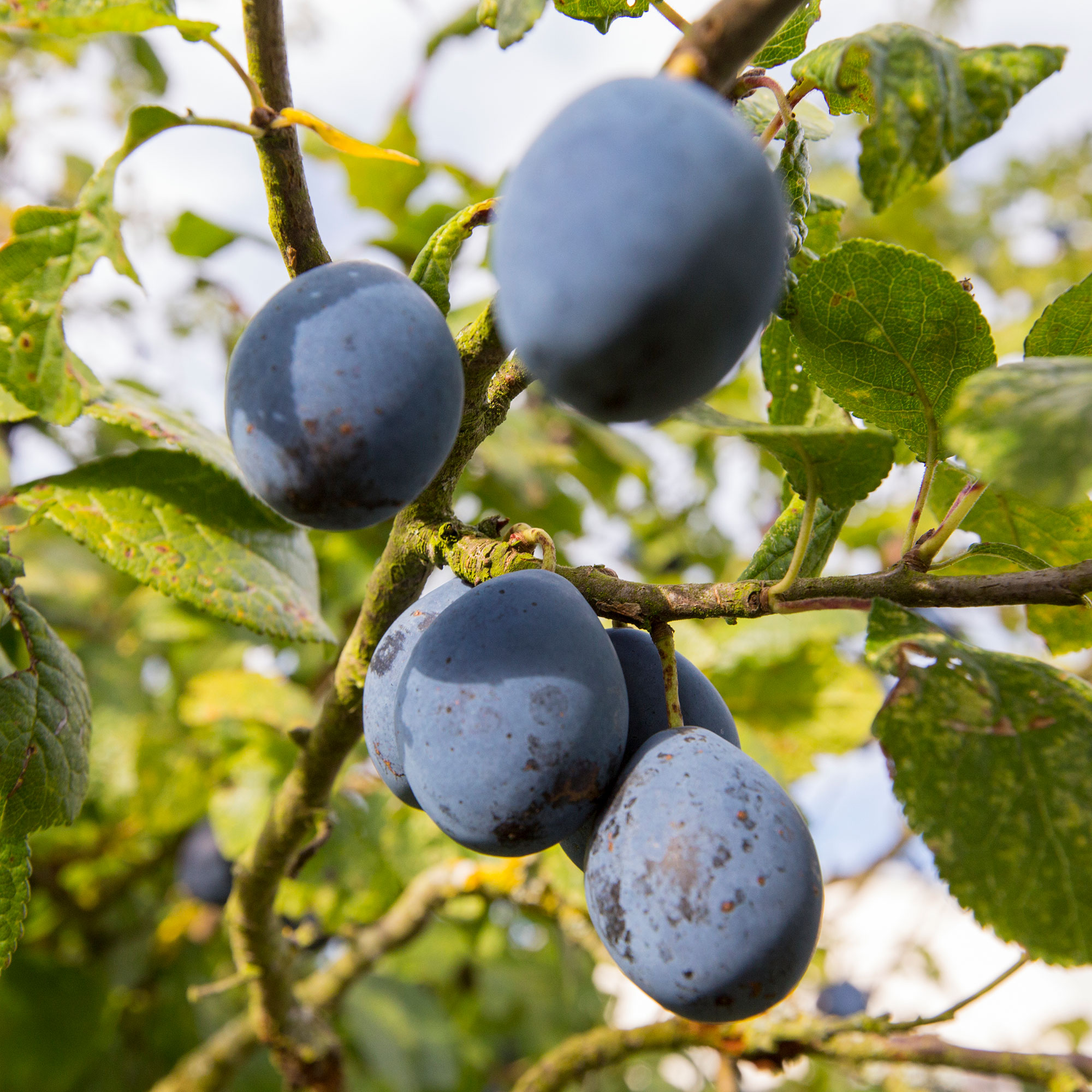
'It’s better to prune established plum trees in mid-summer, before the end of August, as the airborne spores of silver leaf fungal disease spread in autumn and winter,' explains Chi Chi Dunford, head kitchen gardener at Sculpture by the Lakes.
'This helps to prevent the disease affecting trees through open wounds when the trees are dormant.'
The act of pruning an established plum tree is the same as pruning a young tree. Your aim is to open up the inside of the tree while also shaping the outside in the process. Ideally, you should focus largely on removing older wood.
'Plums do not need as much pruning as apples, and if reduction of the plum is needed, it is best to think in years rather than one season and prune only one-third of growth at a time,' says Matthew.

Chi Chi Dunford is the head kitchen gardener at Dorchester’s Sculpture by the Lakes, an internationally accredited botanic garden. Chi Chi joined the team in 2022 and manages the park’s quarter-acre allotment, growing fresh, seasonal produce which is used in the on-site café – the Makers Yard Kitchen. Chi Chi has a bachelor’s degree in forestry and resource conservation from National Taiwan University. She was also trained as a biodynamic gardener in 2008 and is currently taking an RHS level 3 diploma.
What you'll need
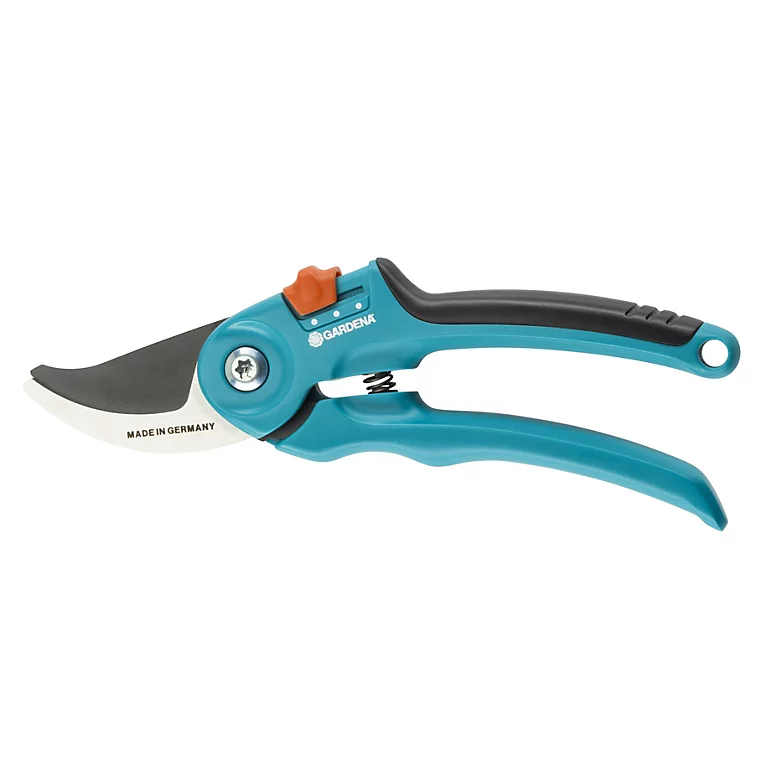
FAQs
Do plum trees bear fruit every year?
Plums are a brilliant option for beginners, whether you're looking for the best fruit trees for a small garden or a feature for your garden border ideas. But do they bear fruit every year?
Not exactly – if your tree is still young, it likely won't produce fruit for its first few years, and it can take up to five years to produce a reliable crop.
Then, you'll need to make sure your tree has everything it needs to produce fruit every year. That means ensuring it has enough water (especially for potted trees), nutrients in the soil, and protection from particularly harsh frosts. Of course, you'll also need to make sure you know when to prune plum trees to ensure silver leaf disease doesn't take hold of your tree.
Do plums fruit on new wood?
Yes, they do. Plums usually fruit on wood that’s between one and two years old, which is why you should focus most of your pruning efforts on the older wood and leave as much new wood as you possibly can.
By doing this, you can make way for even more new wood and encourage a fruitful harvest year after year.
If you’re itching to prune your plum tree right now, try to hold off until spring or summer, depending on its age, to keep it in the best condition possible.

Lauren Bradbury has been the Content Editor for the House Manual section since January 2025 but worked with the team as a freelancer for a year and a half before that. She graduated with a Bachelor’s degree in English and Creative Writing from the University of Chichester in 2016. Then, she dipped her toe into the world of content writing, primarily focusing on home content. After years of agency work, she decided to take the plunge and become a full-time freelancer for online publications, including Real Homes and Ideal Home, before taking on this permanent role. Now, she spends her days searching for the best decluttering and cleaning hacks and creating handy how-to guides for homeowners and renters alike, as well as testing vacuums as part of her role as the Ideal Home Certified Expert in Training on Vacuums, having spent over 110 hours testing different vacuum models to date!
- Sophie KingGardens Editor

